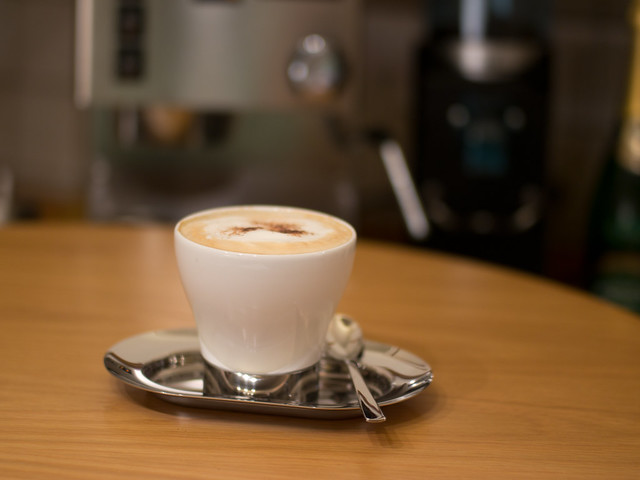Now as the new nano surface coated Leica DG Summilux 25mm F1.4 ASPH Micro FourThirds lens also reached German retail stores, I was curious to see what you win with that lens compared to the 14-42mm kit zoom beside the obvious gain in light sensivity of about 3.5 f-stops.
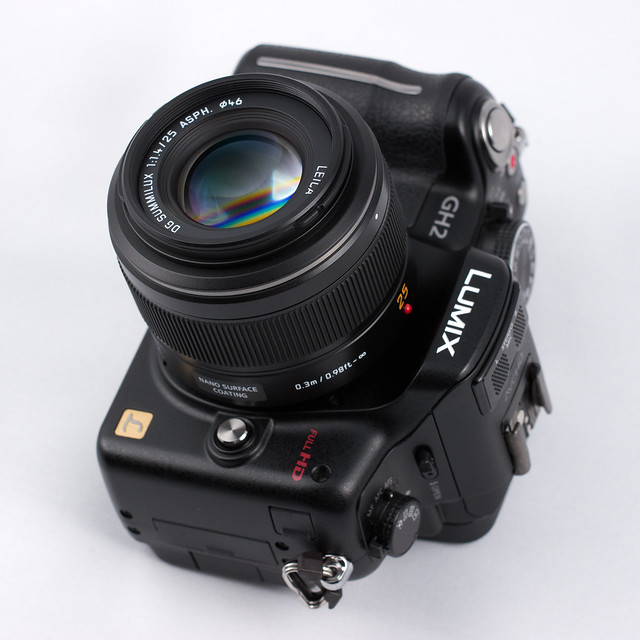
Pic. 1: Leica DG Summilux 25mm F1.4 ASPH attached to Lumix GH2
Sharpness
The following photos are taken at F5.6. All pictures are focused by auto-fokus (AF) which works fast and reliable with both lenses. On the first glance there is not much of a difference - perhaps you may recognize a slightly bit more vignetting of the kit zoom even at F5.6 compared to the Leica DG Summilux.
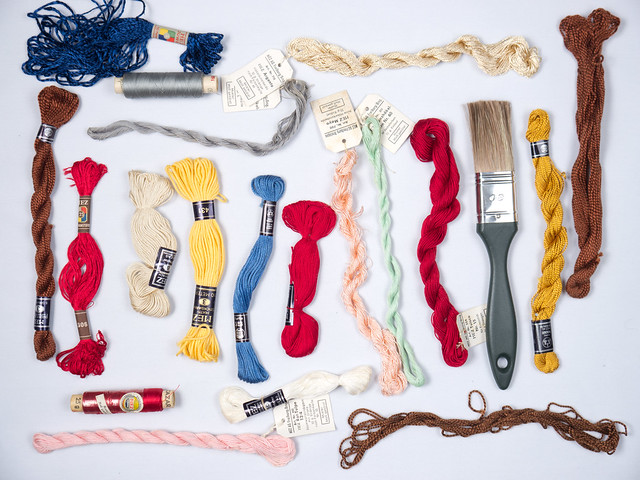
Pic 2: Sharpness test with Lumix 14-42mm kit zoom @ 25mm F5.6 (click for other sizes)
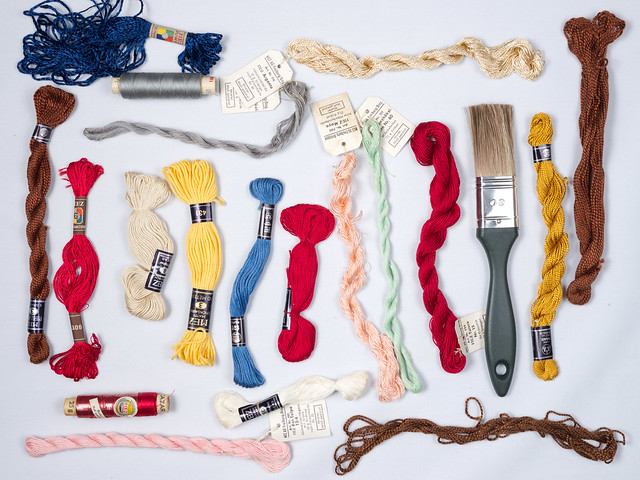
Pic 3: Sharpness test with Leica DG Summilux 25/1.4 @ F5.6 (click for other sizes)
If you take a look at the following center crops there is still not much of a difference:
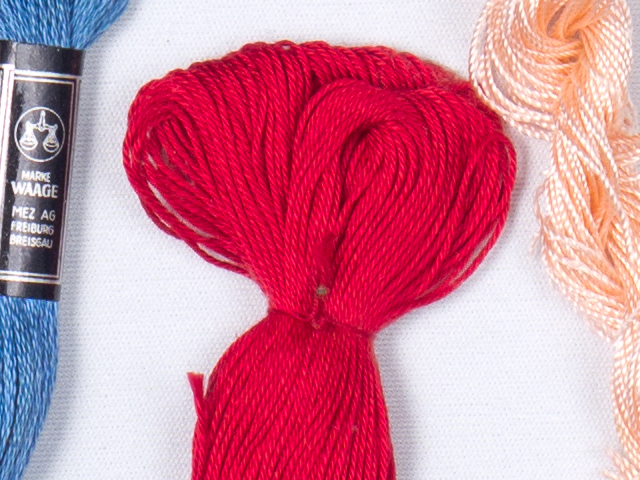
Pic 4: Center crop from the image taken with the Lumix 14-42mm kit zoom (at 25mm F5.6)
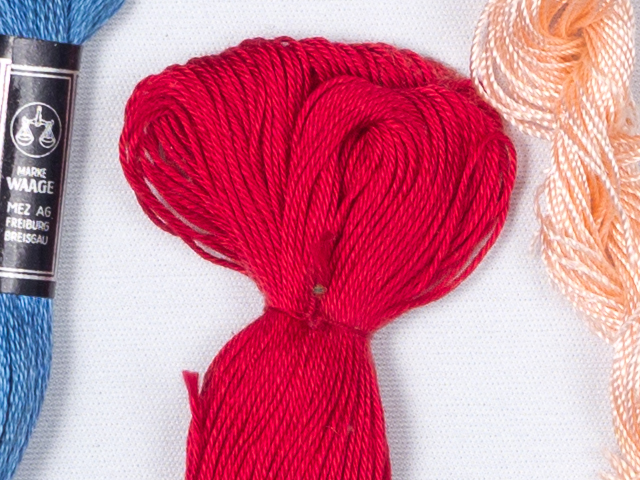
Pic 5: Center crop from the image taken with the Leica DG Summilux 25/1.4
But you do not have to move too far away from the center in order to see how the image quality of the kit zoom decreases already significantly whereas the Leica prime lens still delivers top quality:
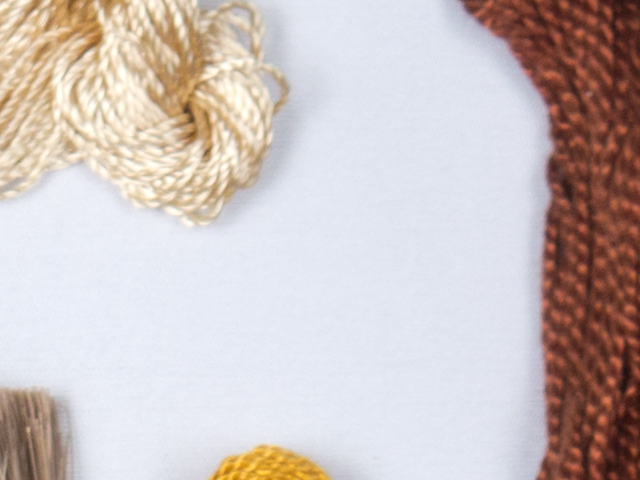
Pic 6: Crop from the upper right area of th image taken with the Lumix 14-42mm kit zoom (at 25mm F5.6)

Pic 7: Crop from the upper right area of the image taken with the Leica DG Summilux 25/1.4 @ F5.6
The following images demonstrate center-to-corner sharpness at F1.4, 2.8 and 5.6 in 4:3 as well as 16:9 aspect ratio which is provided by the multi aspect ratio sensor of the GH2 with additional horizontal width and not by simply cropping from a 4:3 image. You will also find links to corresponding images that I took 8 months ago with the Voigtlaender Nokton 25/0.95. Unfortunately I did not file the F1.4 samples that I took with the Nokton at that time. Also lighting conditions were a bit different and all samples were taken freehand without tripod so please do not take it too serious. The most significant difference that you can see in any case is the corner sharpness that is very good even at open aperture with the Leica DG Summilux whereas the Nokton still has a little corner blur even at F5.6.
F1.4, 4:3: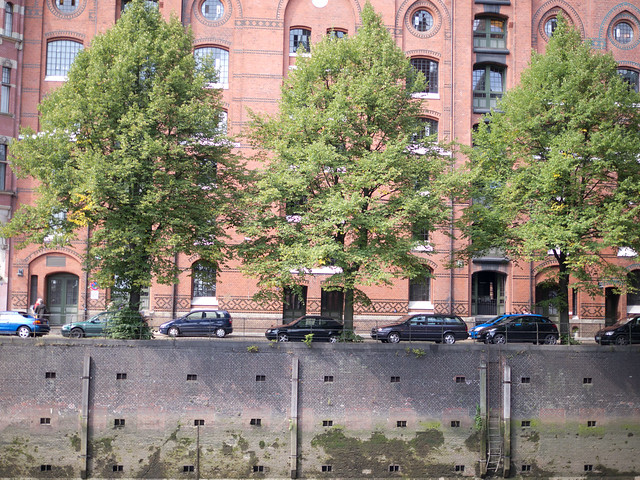
(click for other sizes)
F1.4, 16:9: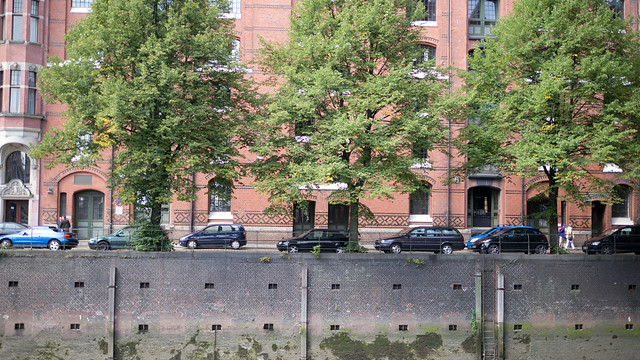
(click for other sizes)
Similar picture taken with the Voigtlaender Nokton 25mm/0.95 at F0.95: http://www.flickr.com/photos/hhackbarth/5267364028/sizes
F2.8, 4:3:
(click for other sizes)
F2.8, 16:9: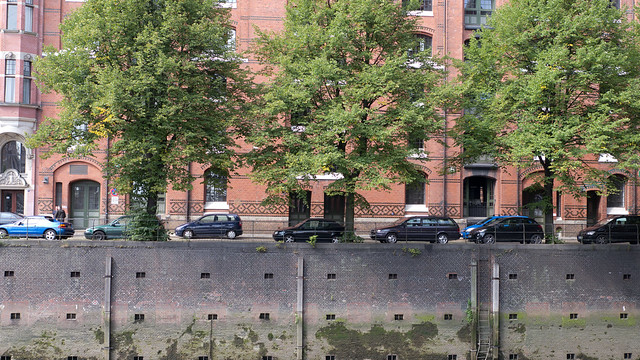
(click for other sizes)
Similar picture taken with the Voigtlaender Nokton 25mm/0.95 at F2.8: http://www.flickr.com/photos/hhackbarth/5267371876/sizes
F5.6, 4:3:
(click for other sizes)
F5.6, 16:9: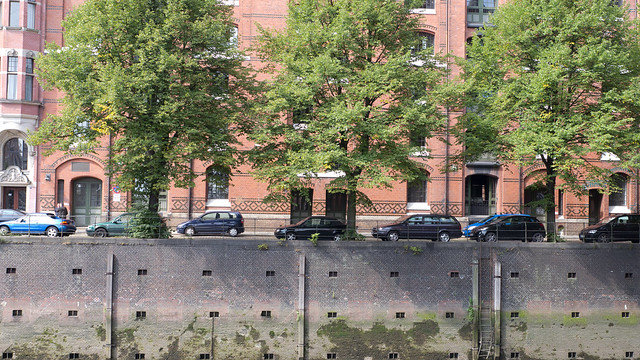
(click for other sizes)
Similar picture taken with the Voigtlaender Nokton 25mm/0.95 at F5.6: http://www.flickr.com/photos/hhackbarth/5266772589/sizes
Besides the Nokton 25/0.95 and perhaps the Olympus 12/2.0 (which I do not own), the Leica DG Summilux seem to be the only mFT lenses at the moment that are capable to show the full resolution potential of the ~16 MP sensor of the GH2 (which would be equivalent to a ~63 MP full frame 24x36 mm sensor).
Bokeh
If you want to play with depth of field (DOF), the Voigtlaender Nokton 25/0.95 is currently best in the mFT class. The lens shows a good performance even at open aperture - but to be honest, the decrease in sharpness and contrast at F0.95 and the tendency for purple fringing that you have to take into account whith nearly every lens at F1.0 (or faster) in most cases forced me to stop it down a little bit to F1.4 or even f1.7.
So for my application areas usually F1.4 is fast enough and if there is a need for maximum bokeh (e.g. portraits with creamy background) I prefer the Leica Summilx-M 50/1.4 ASPH adapted to mFT anyway.
In order to get an idea how the Leica DG Summilux 25/1.4 compares at open aperture to the kit zoom at open aperture (f4.6) please look at the following two images:
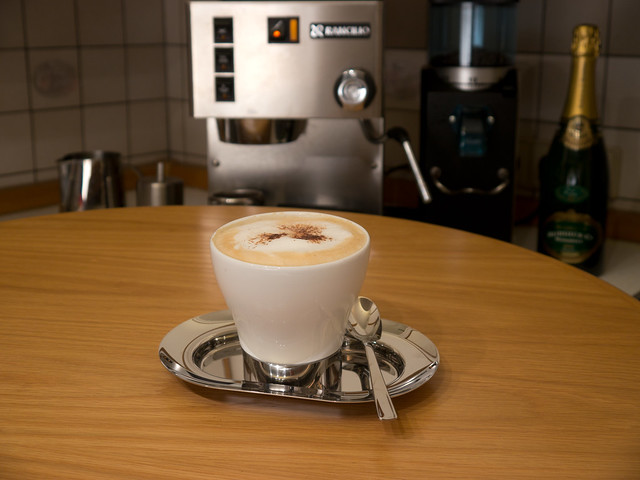
Pic 8: Lumix 14-42mm kit zoom at open aperture (F4.6), 25mm - nearly no bokeh :(

Pic 9: Leica DG Summilux 25/1.4 at open aperture (F1.4) - nice bokeh, some vignetting
Some more bokeh samples
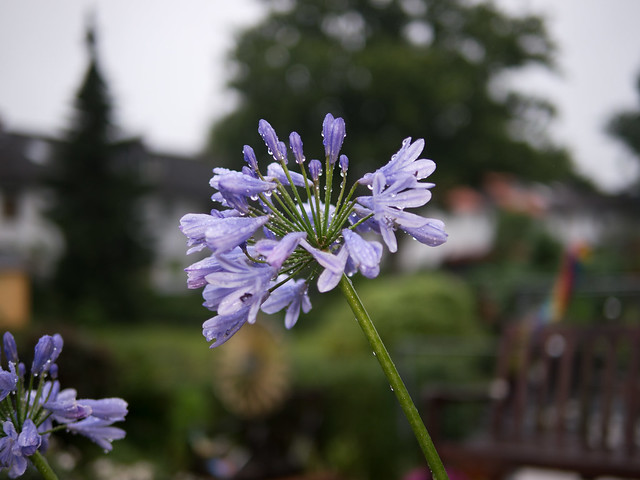
Pic 10: Bokeh of Leica DG Summilux 25/1.4 at open aperture (F1.4)
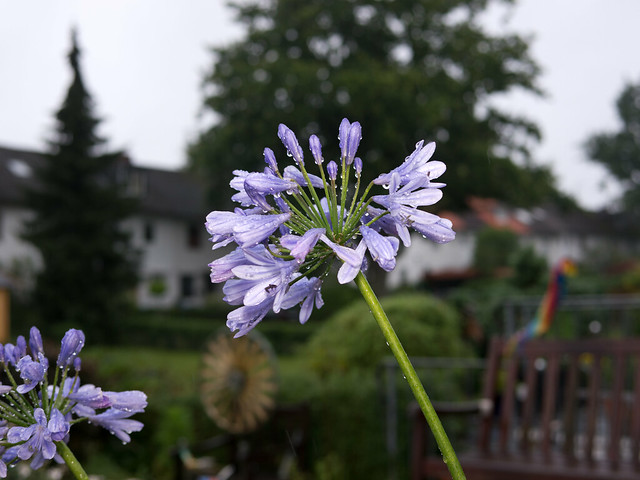
Pic 11: Bokeh of Leica DG Summilux 25/1.4 at F2.8
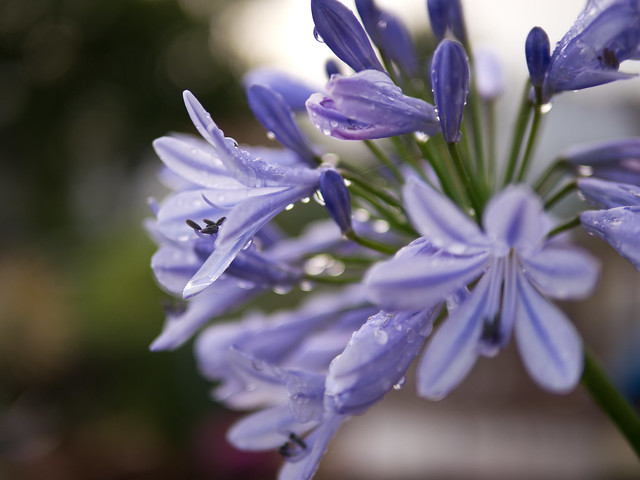
Pic 12: Bokeh of Leica DG Summilux 25/1.4 at open aperture (F1.4) and minimum focus distance
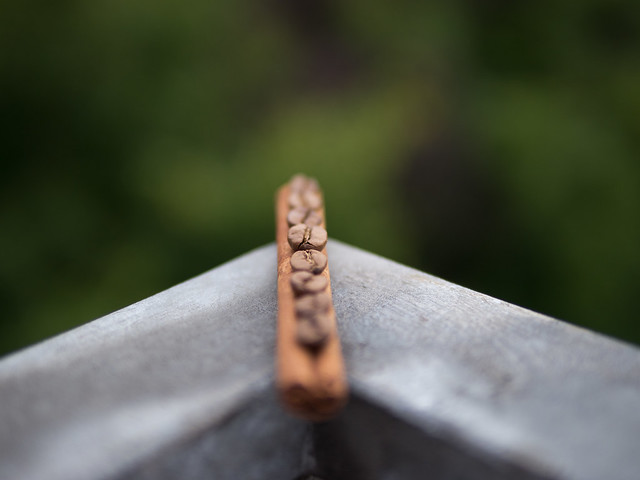
Pic 13: DOF at minimum distance (30cm)
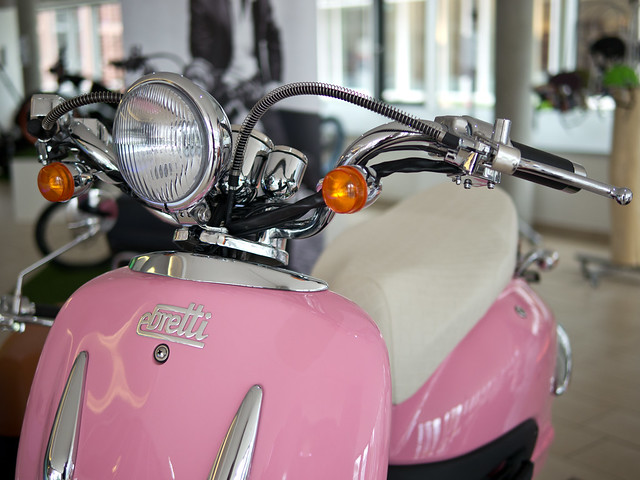
Pic 14: Bokeh of Leica DG Summilux 25/1.4 at open aperture (F1.4) (click for other sizes)
As you can see in the last picture, the lens is already very sharp at open aperture, provides good contrast and nearly no purple fringing.
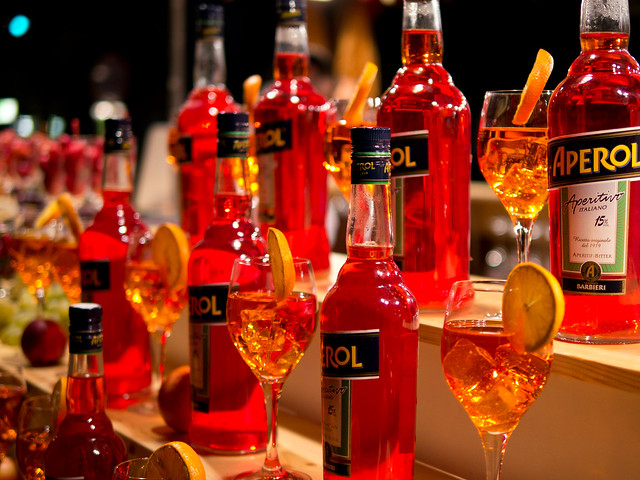
Pic 15: Bokeh at open aperture (F1.4, cropped a little bit)
Low Light Support
The lens allows to shoot also moving objects at low light with tolerable ISO settings:

Pic 16: Low Light shots of dynamic scenes - now also with autofocus

Pic 17: Extreme low light portrait (F1.4, ISO 800)
Conclusion
If you are looking for a bright standard focal length comparing to a 50mm at fullframe with fast autofocus, perfect sharpness and already some potential to play wth DOF, the Leica DG Summilux 25/1.4 is highly recommended. Also in video mode the autofocus performas very well. Used on the GH2 it is very silent and adjusts sharpness speedy and nearly without optical pumping.
If you need even more DOF capability with a nice bokeh (e.g. for portraits with a creamy background), my favourite still is the Leica Summilux-M 50mm F1.4 ASPH adapted to mFT, so let me close with an example from that lens:
Pic 18: Bokeh comparison with the Leica Summilux-M 50mm F1.4 ASPH adapted to mFT




